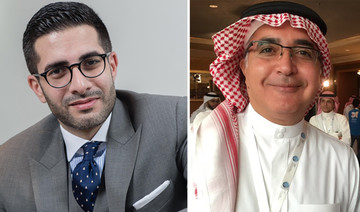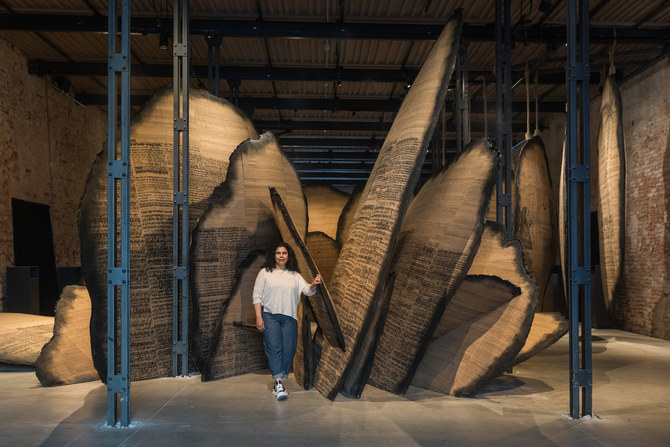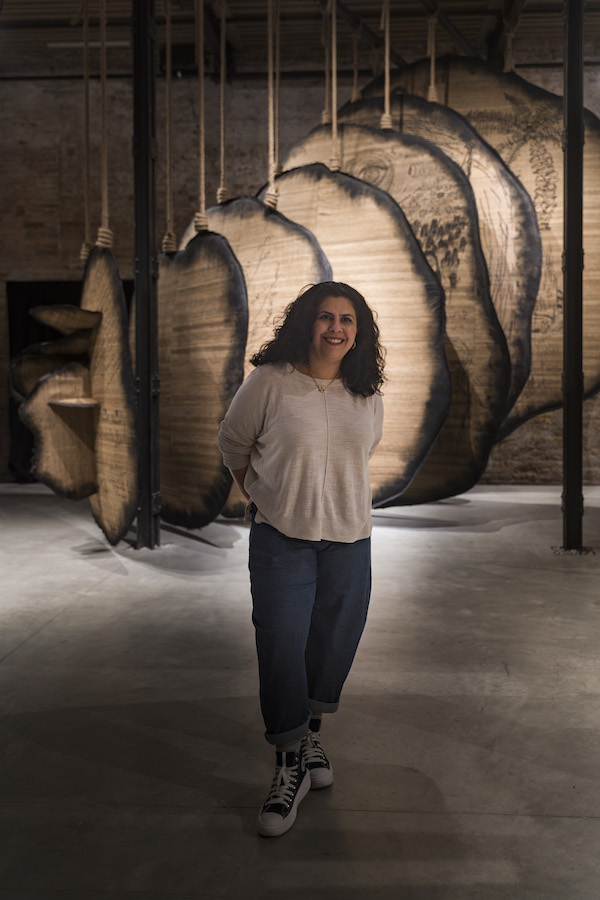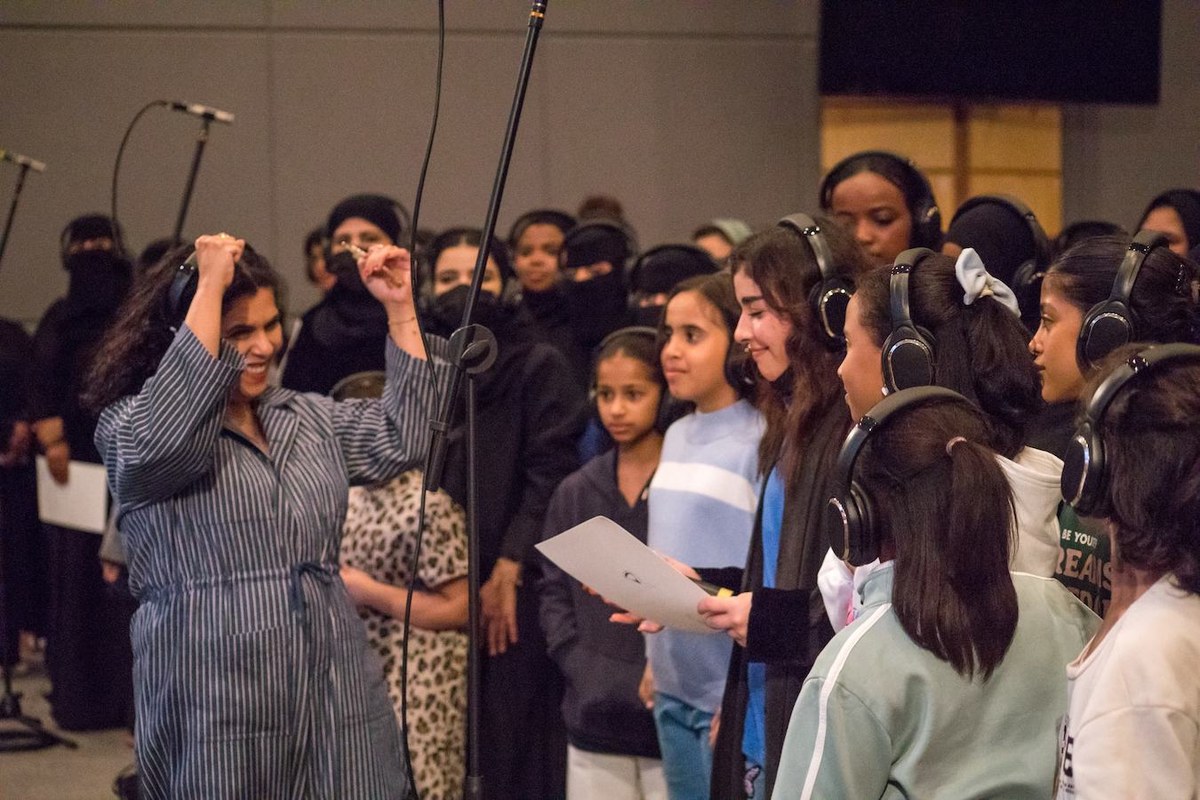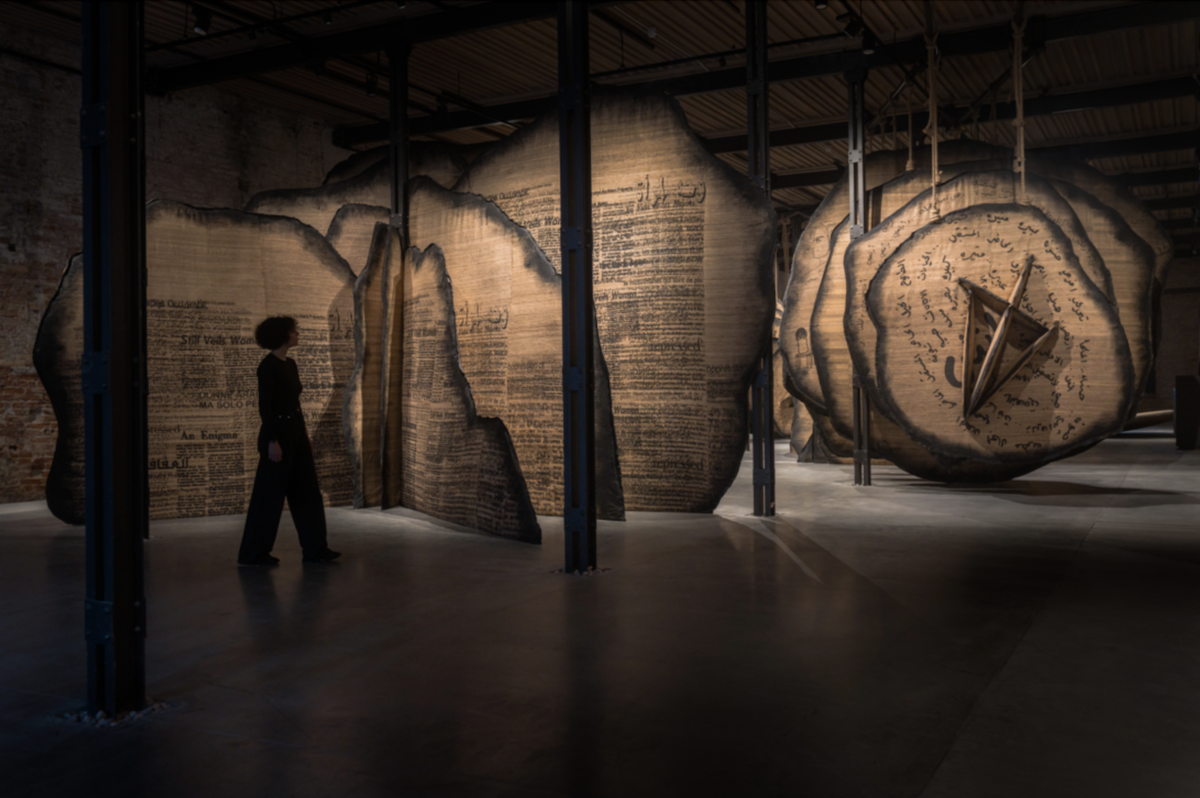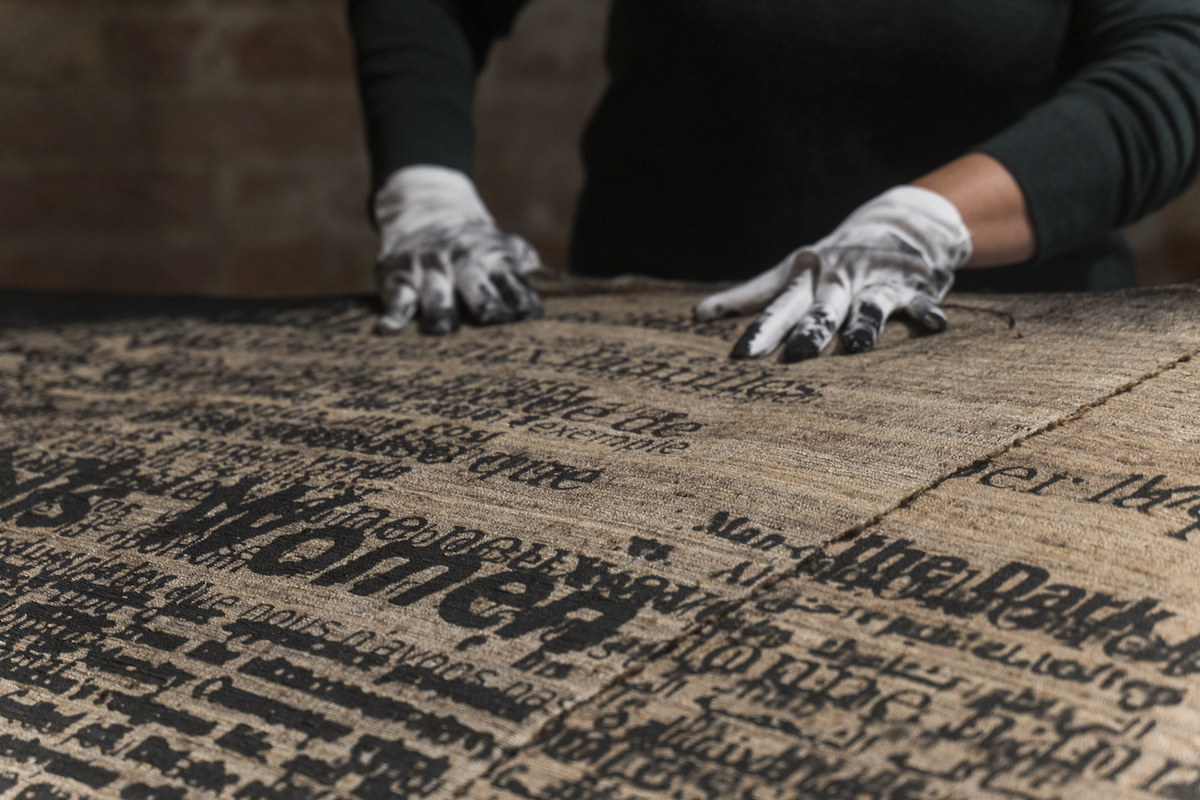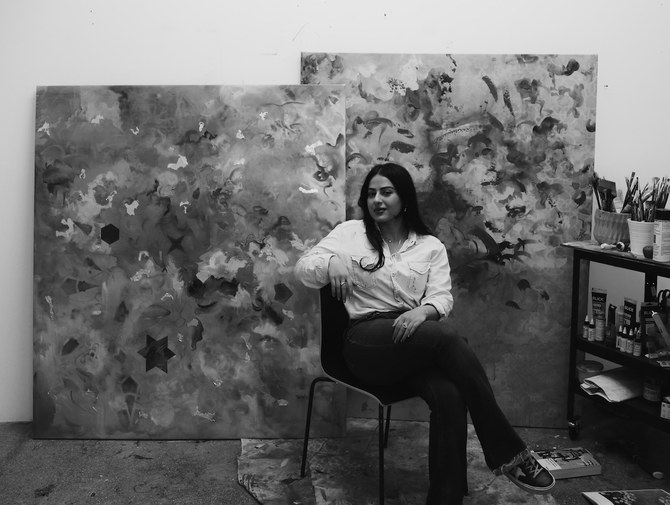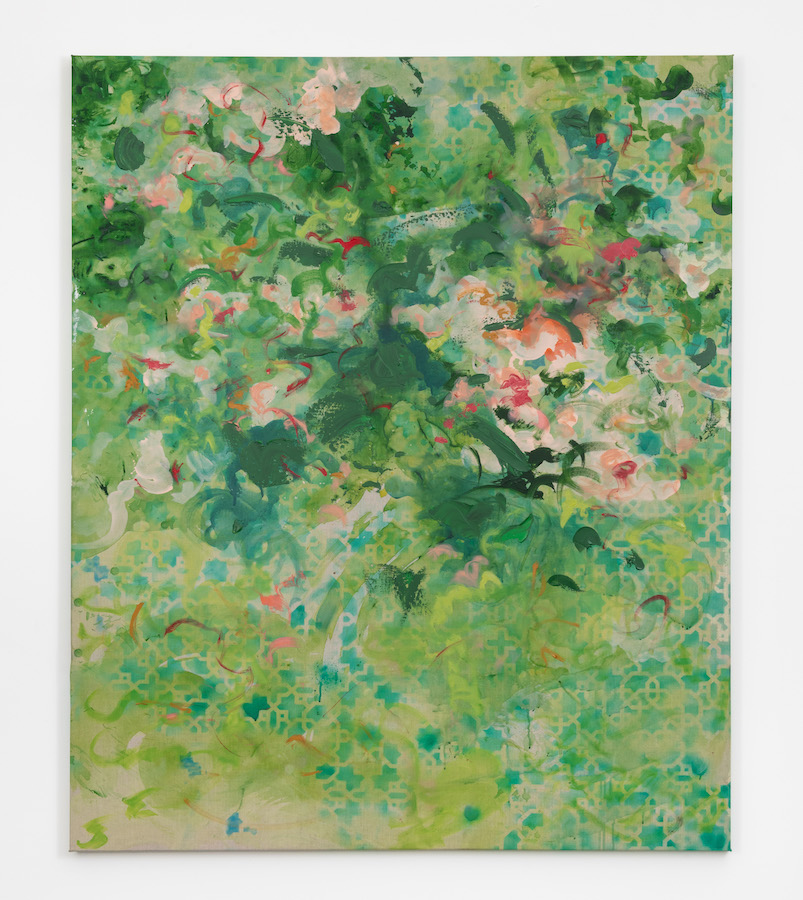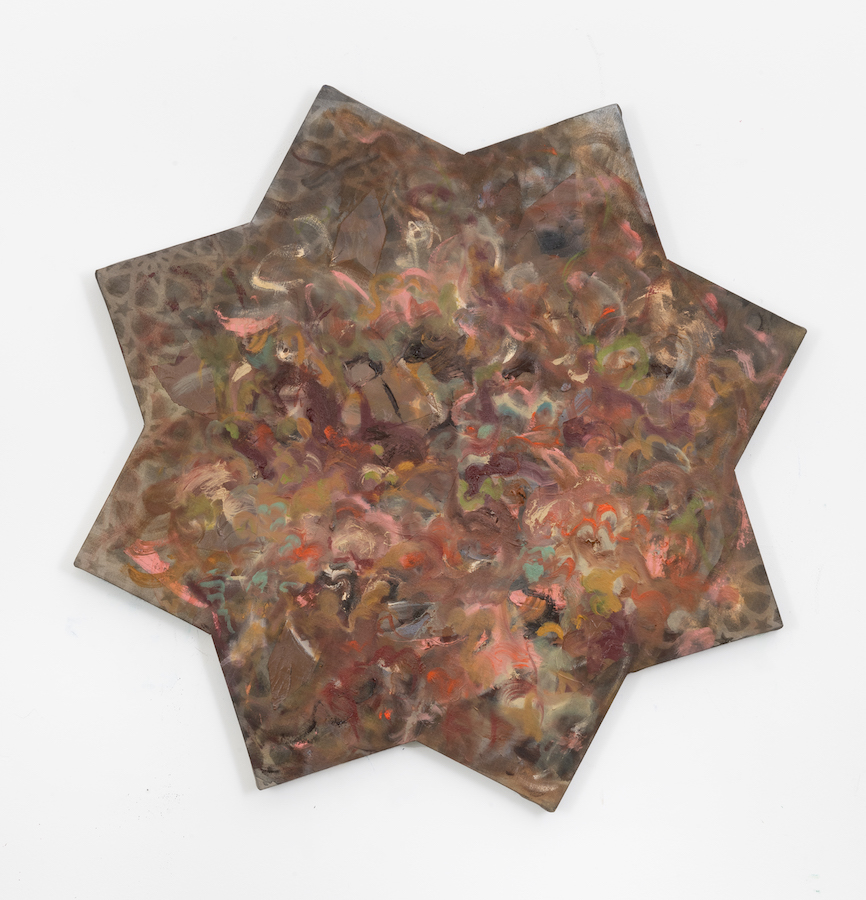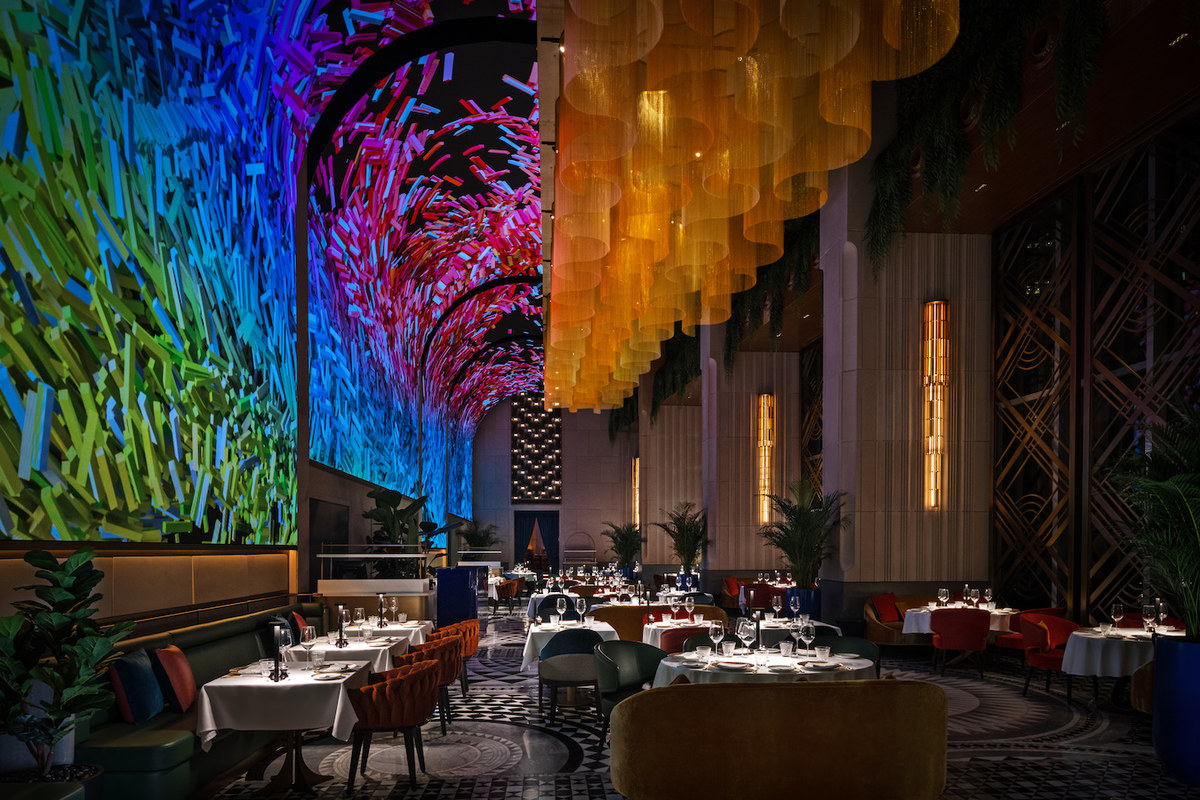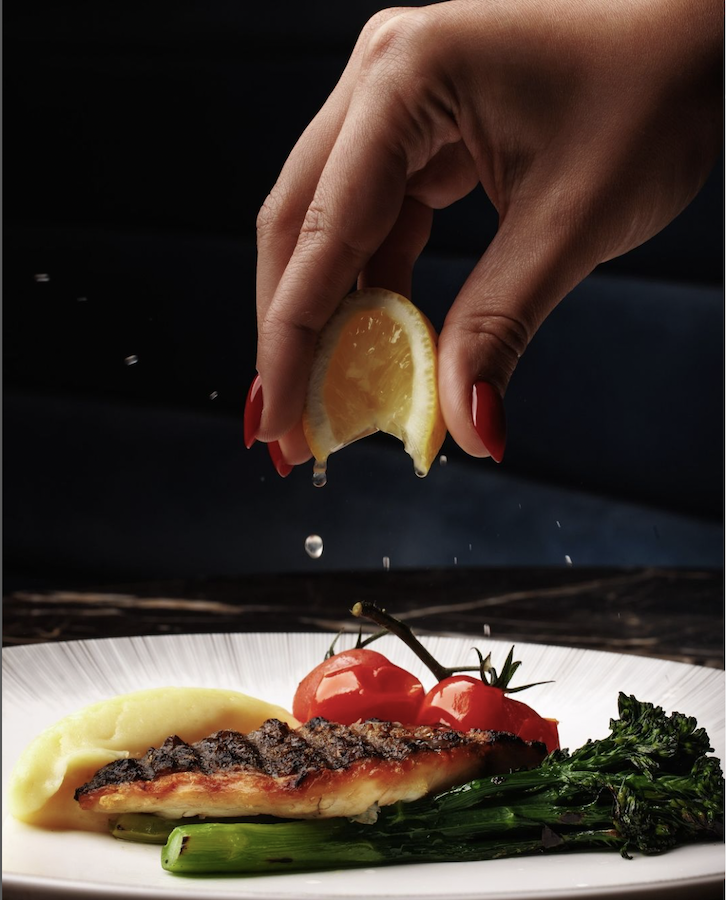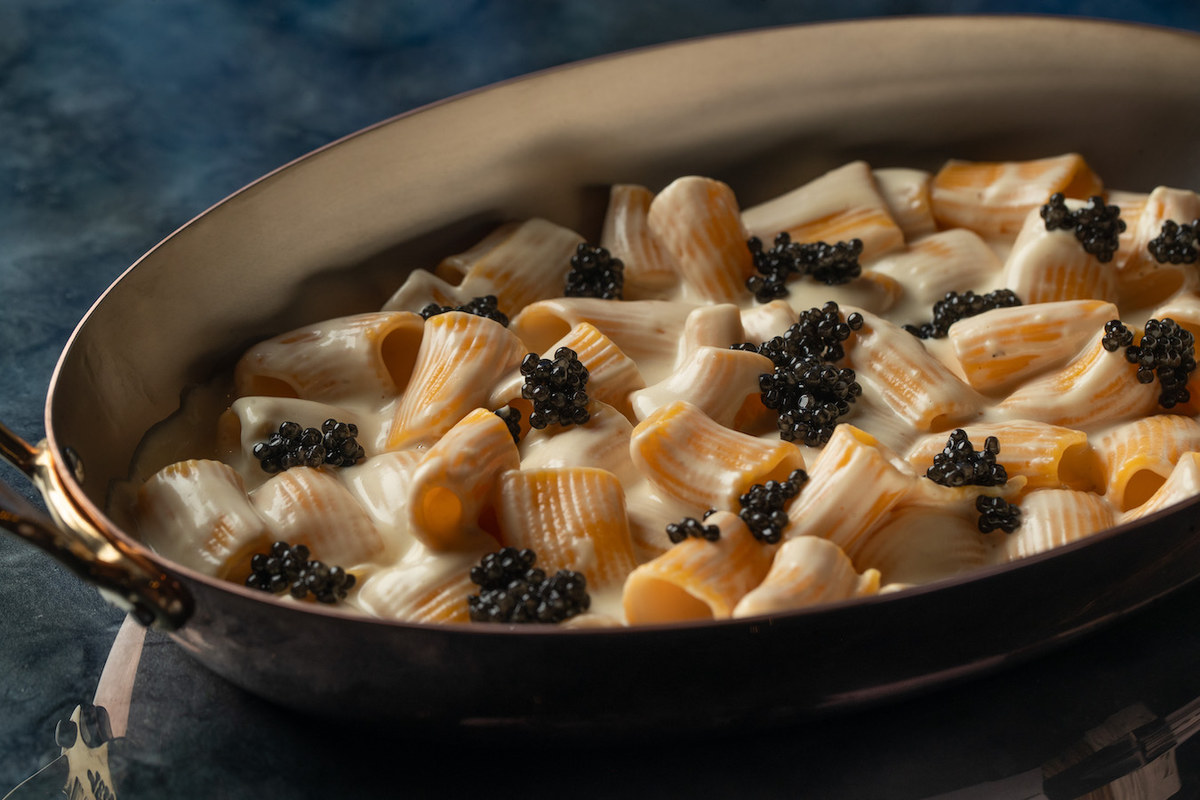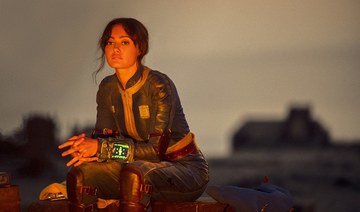DUBAI: Saudi and British royals will join business and political leaders from East and West next week at the BMG Foundation’s GCC Polo Cup. The event outside Cambridge, with Arab News as the exclusive media partner, is a friendly match between the two nations, led by Prince William, Duke of Cambridge, to raise money for global causes.
Every summer, members of the European and Middle Eastern royal families, political and business leaders, and celebrities gather at the annual charitable equestrian event, which is hosted by the BMG Foundation, with proceeds donated to a range of environmental and humanitarian causes.
The friendly match on July 12 at the Cambridge County Polo Club is the latest in a Saudi-British charitable, social and diplomatic tradition stretching back 22 years. In the past, royal family members from the two countries, including King Salman and Queen Elizabeth, have taken part.
“The BMG Foundation’s Polo Cup is an annual social, sports and charitable event where we support several charities of the Duke of Cambridge and support awareness campaigns,” said Basil M.K. Al-Ghalayini, founder of the BMG Foundation, the Saudi-based BMG Financial Group’s philanthropic arm.
“This year, we expect lots of sporting flavor, and Prince William will be the center of attention. Last year he scored several goals and we expect another exciting match.”
Faisal J. Abbas, Editor in Chief of Arab News, the strategic media partner of the event for the first time, said: “We are delighted to be hosting the VIP lunch at the annual BMG Polo Cup in Cambridge, which brings together the finest Arab and British players every year for a charitable cause.
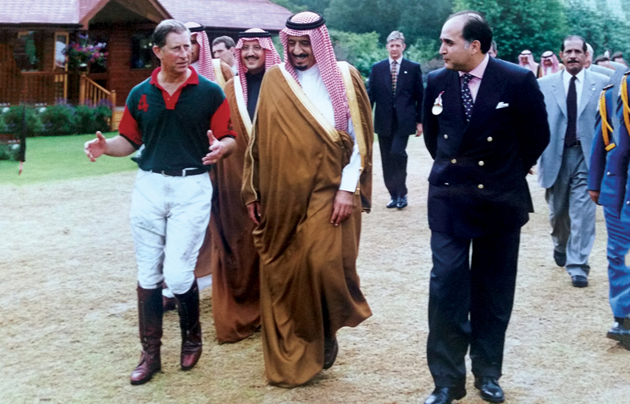
King Salman and the Prince of Wales at the 2002 GCC Polo Cup.
“This once again stresses the Arab News message that there is so much that brings us together, and polo is a great example of a sport that both Arabs and the British enjoy,” he said.
Al-Ghalayini said that the BMG Foundation had three core initiatives: The GCC Polo Cup; Art Alive, which enhances the art of Arab communities and promotes Arab artists in international circles; and Al-Farabi Concerto, which organizes concerts conducted by Arab composers and played by international orchestras.
Next week’s match is “an event where we really see East meeting West,” he said.
Al-Ghalayini said that behind the sporting action is the principle of giving, with the friendly match supporting charities, international causes and the BMG Foundation’s charitable initiatives, including the Safe Driving Life Saving campaign; Our Water Our Life, which raises awareness among Arab households about water conservation; and Our Health Our Crown competitions promoting well-being across the community and raising awareness of health issues.
“We invite sponsors from the private sector to help the BMG Foundation finance these three campaigns, which we usually do with the help of university students across Saudi Arabia, as well as from Dubai, Abu Dhabi, Kuwait, Bahrain, and others,” said Al-Ghalayini.
As well as its charity function, the GCC Polo Cup promoted the game in Saudi Arabia and helped bring international tournaments to the Kingdom, he said.
“A federation to promote polo was set up several years ago, and it is great to see the sport gaining more recognition in Saudi Arabia,” he said. “We will see more international tournaments played on Saudi soil in the near future.
“The GCC Polo Cup is gaining recognition each year and helping to attract more youth from the Gulf to the sport. In the UAE, for example, Dubai has three or four polo grounds, and many youngsters are now participating. Hopefully, we will see this interest expand to Saudi Arabia.
“Equestrian sport is noble. It is a good, highly skilled game for our youngsters — boys and girls alike — to take part in instead of sitting in front of an iPad or iPhone,” Al-Ghalayini said.
The sport is more accessible and affordable than in the past, so “it really does open the door to aspiring players in the Kingdom and across the Gulf,” he said.
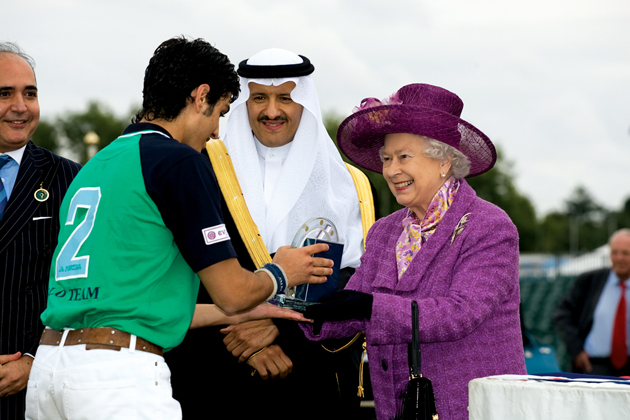
Queen Elizabeth presents a memento to a Saudi player while Prince Sultan bin Salman looks on in 2008.
Al-Ghalayini said that in the past 22 years, the BMG Foundation Polo Cup had raised millions of pounds for the world’s needy, and he hopes sponsors will be equally generous at this year’s event.
The GCC Polo Cup was born from a conversation between Prince Charles, heir to the UK throne, and Al-Ghalayini in the 1990s. Realizing the need for more cultural and sporting interaction between Saudi Arabia and the UK, Al-Ghalayini decided to create a platform on which this could take place, while simultaneously supporting noble causes.
“It was my first polo match with the Prince of Wales,” Al-Ghalayini recalled. “After the match, we were having afternoon tea and he turned to me and asked me what polo was like in Saudi Arabia. I said: ‘There is no polo in Saudi Arabia,’ and that is really how we started.”
Following this conversation, Prince Charles led the British team at the first BMG Foundation Polo Cup. Both his sons, Prince William and Prince Harry, have led British teams at subsequent events.
BMG Foundation has been bridging East and West through sport, music and art for 22 years, with a string of initiatives.
Sponsors for this year’s GCC Polo Cup include the London Stock Exchange, American Express, Saudia (national airline of Saudi Arabia), the Jabal Omar Development Company, and the Mediterranean and Gulf Insurance & Reinsurance Group.
Previous recipients of donations from the BMG Foundation include the Prince’s Trust and St. Luke’s Hospice in the UK; the Disabled Children’s Association, Saudi Arabia; the Prince Sultan Bin Abdul Aziz Fund for Supporting Small Business Projects for Women, Saudi Arabia; NAAM Group, Saudi Arabia; the Friends of the Disabled Association, Lebanon; the Graham Layton Trust in partnership with Rahmatulla Benevolent Trust, Pakistan; and the Council of Arab-British Understanding, UK.







